#216 Ignorance is not bliss
British Columbia: A Natural History of Its Origins, Ecology, and Diversity With a New Look at Climate Change (revised and expanded third edition; first published by Douglas & McIntyre, 1996)
by Richard Cannings and Sydney Cannings
Vancouver: Greystone Books, 2015.
$34.95 / 9781771640732
Reviewed by Loys Maingon
First published Dec. 10, 2017
*
Richard and Sydney Cannings’ landmark natural history of B.C. is vital for the future of the province.
“Our largest environmental problem remains the general natural history illiteracy of a large majority of British Columbians,” says reviewer Loys Maingon.
“And we ignore that of which we are ignorant.” — Richard and Sydney Cannings.
In 1990 the late Canadian ecologist, Dr. Stan Rowe of New Denver, published Home Place, a series of essays in the tradition of Aldo Leopold and Ian McTaggart Cowan, reflecting on humanity’s developing environmental predicament. He correctly pointed out that “Ignorance of our source and, too often, disdain for it, lie at the root of humanity’s major predicament.”[1]
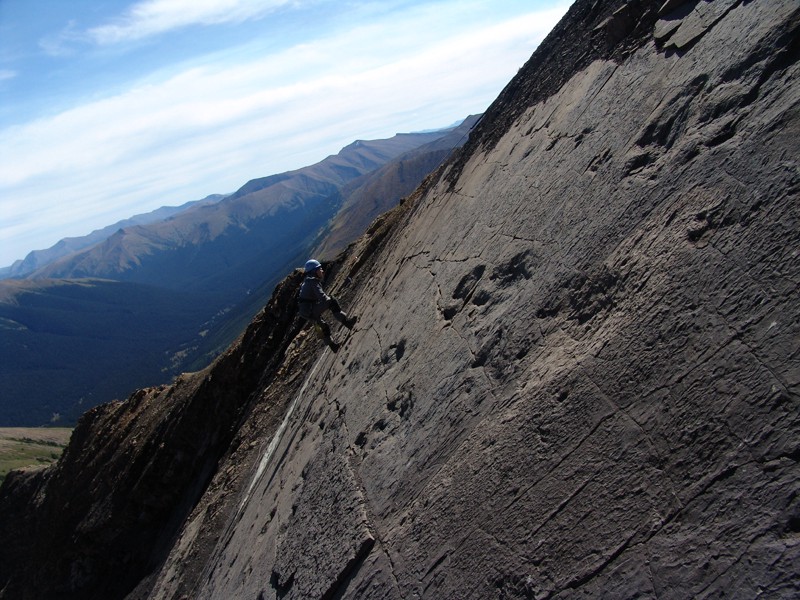
The source he referred to is not just this planet, but the political and ecological regions we inhabit, all of which constitute our origin and home. Modern urban culture not only spawns homelessness, it is itself homeless, because it remains largely ignorant of its “home place.”
Two decades on, as the environmental problems that Rowe correctly identified continue to grow and overwhelm our capacity to respond collectively, a new wave of nature writing urges us to get to know and “reconnect with nature.”
The crucial question is “How do we reconnect with that of which we have little or no knowledge?” The 1996 publication of Richard and Sydney Cannings’ British Columbia: A Natural History, and the subsequent 2004 second edition by Greystone Books, still stand as a landmark effort to address this crucial problem.
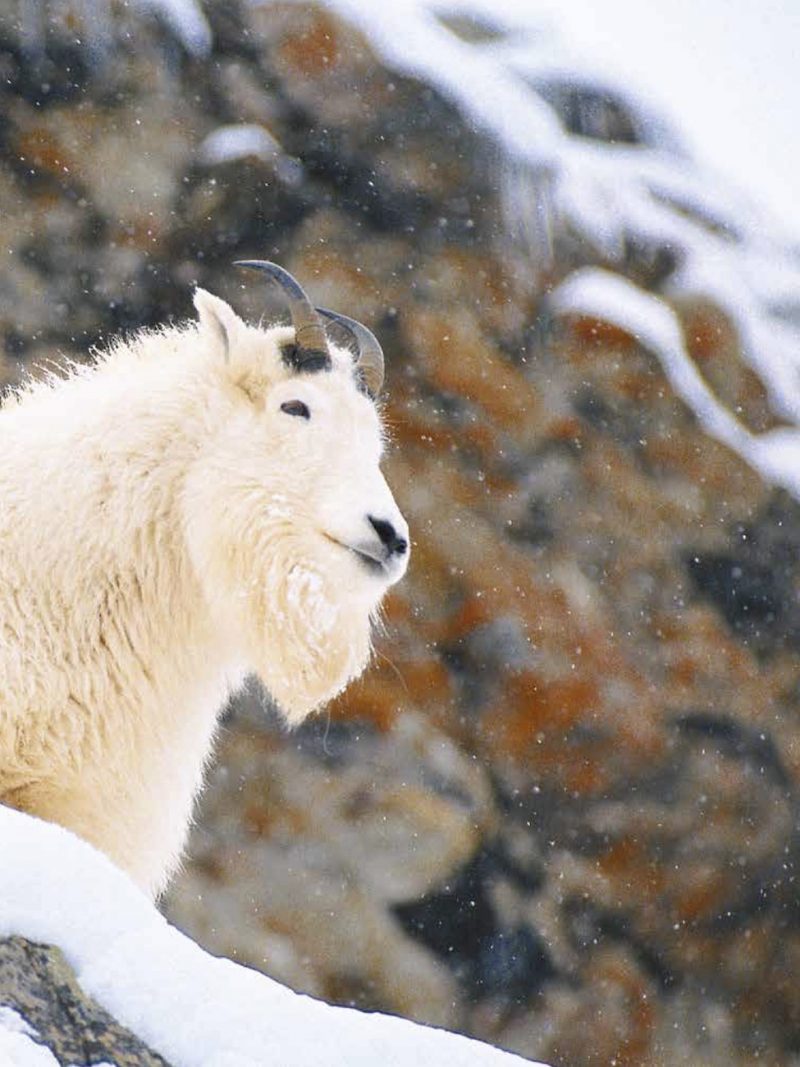
Even in British Columbia, where successive provincial governments flog the province’s natural tourism assets and “supernatural” landscapes as consumer products, we increasingly live in a world that is profoundly disconnected from nature. Our largest environmental problem remains the general natural history illiteracy of a large majority of British Columbians — even among would-be environmentalists who often adopt issues and causes without a functional knowledge of the flora and fauna around them.
Concern over this disconnection has grown over the past decades. Studies have shown that children recognize only a handful of common wildlife species, but are able to name every Pokemon character. [2] Sad to say, but adults and young adults fare little better.
As pointed out recently by Briony Penn, B.C.’s new “Big Ideas” educational curriculum is an industry-oriented STEM (Science, Technology, Engineering, and Mathematics) program largely written by conservative ideologues, in which basic field ecology is replaced by the logic of resource extraction.[3]

This third improved edition of British Columbia: A Natural History is an essential handbook written to address a tremendous gap in adult natural history literacy. As with previous editions, it provides a well-illustrated and clear presentation of the basic natural history of the province that should be common knowledge to everyone in B.C.
British Columbians young and old need this fundamental information both to appreciate our home place and to make informed decisions regarding the future. Without that local knowledge, we don’t know what might be destroyed through careless development and negligent natural resource extraction, and we can’t assess the intrinsic value of what could be irretrievably lost for future generations.
Given the environmental vacuum in B.C.’s educational curriculum, this text should be mandatory reading for every high school graduate. As the authors tell us in their preface, this book is not and cannot be comprehensive. It is merely an introduction to the extreme diversity, complexity, and importance of this province’s ecosystems.
The otherwise excellent introduction is marred only by two challenges. The authors assume that the reader is familiar with geological time scales and the names of the province’s mountain ranges. In fact, few readers know where the Omineca Range is. Reading would be made easier if the editor had slipped in a chronological table, and a schematic of the ranges referred to.
The stage for understanding our home is set in Chapter 1, which reviews the geological birth of the province in a series of terranes colliding with the ancient Laurentian landmass out of plate tectonics movement. What geologists know around the world as terrane theory is itself a British Columbia discovery, worked out at UBC and the Geological Survey of Canada in the 1960s by Jim Monger.
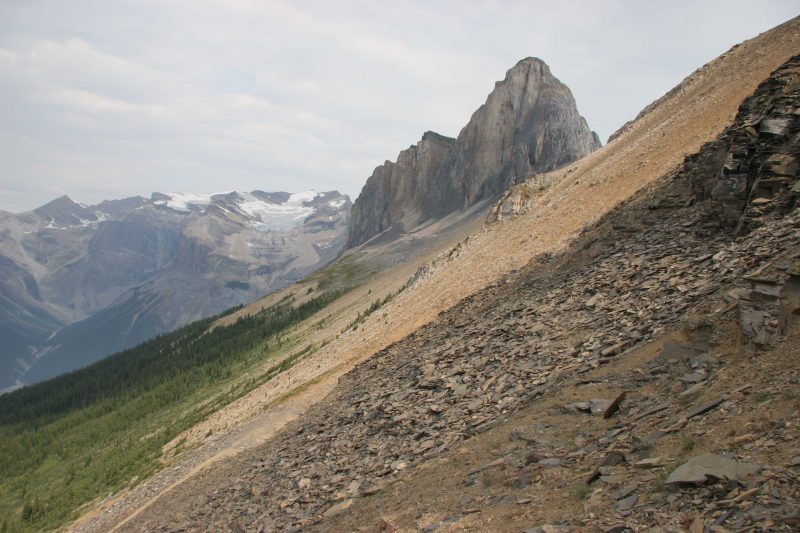
The narrative is backed by a clear presentation of the importance of the finds at the Burgess Shale, “the most remarkable fossil bed in the world” (p. 20), but the authors’ enthusiasm made me wonder how Chinese readers, versed in the wonders of the Chengjiang biota, might react to claims of B.C.’s geological exceptionality?
One of the important concepts pursued here and in other chapters is the limits of the state of our knowledge, and the extent to which crucial information has been, and continues to be, irretrievably lost to development.
Thus a separate sidebar (p. 31) points out how dinosaur trackways were hurriedly studied, and momentous discoveries made such as that of one of the earliest marsupials, in the four years leading up to the construction of the W.A.C. Bennett and Peace Canyon dams and the creation of Williston Reservoir, which devastated the Finlay, Parsnip, and Peace rivers.
One can only ponder at how much more may have been irretrievably lost in the water beneath this megaproject, which created the largest lake in B.C (capacity: 74 trillion litres), and how much more stands to be lost in the rushed construction of Site C.

Moving smoothly to the Pacific Coast, Chapter 2 reviews the importance of Pacific currents and marine ecosections on our climate and the terrestrial ecosystems they shape. It underlines a point known mainly to oceanographers that bears repeating: “We live on an ocean planet.”
The ocean controls our climate, and a simple shift in the mean temperature of the ocean can alter the temperature and rainfall that give rise to our ecosystems. A simple shift can radically alter all the economies of the world, and even life as we know it.
An all-too-brief discussion of the reality and importance of climate change leads elegantly to a chapter on the “Legacy of the Last Ice Age.” This concerns B.C.’s unique speciation and extraordinary biodiversity compared to the rest of Canada, the result of B.C.’s physical isolation.
The actual purpose of the chapter is to stress the sense of great stochastic change as a constant in B.C.’s natural history — a living world brought out of tectonic collisions evolving before our eyes that need to be adapted to constantly. What could have been a static review of B.C.’s biogeoclimatic system becomes an almost personal and lyrical reflection on the rapid changes that the province has undergone, even within the authors’ lifetime.
This poses a conflict that seems to run through the book, which becomes obvious in the “Mapping Tomorrow’s Patterns” section (pp. 109-113). On the one hand the authors are acutely aware of the threats and challenges that climate change pose, yet they slip into uncertainty regarding its potential future impacts, and sometimes fall back on the magic of personal experience, for example as they “step back twelve thousand years” while hiking at Berg Lake in Mt. Robson Provincial Park.
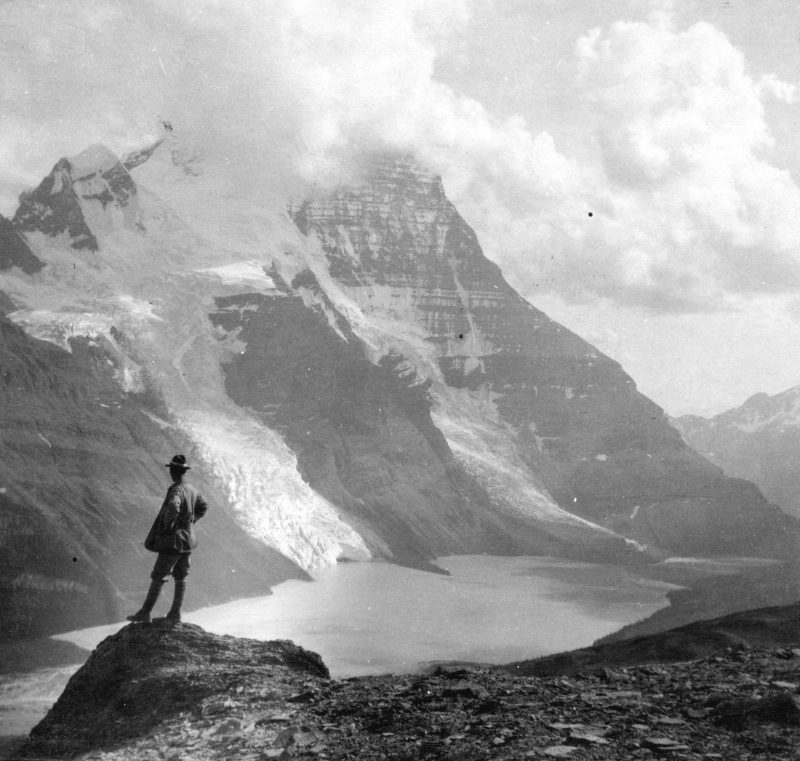
Henri Bergson theorized that memories are permanent, though the bodily mechanism to express them may have disappeared. So it is with species extinction. Marcel Proust, following Bergson, theorized that memory of a taste or smell from childhood has the effect of evaporating or compressing time and making the shadows of memory present again, but Heraclitus noted that change is the only thing permanent or constant. Species extinction is forever. Ecological reality does not brook accelerated change and an ominous accelerated rate in species loss.

The harsh reality of extinction and extirpation is unfortunately sometimes at odds with the enchantment of nature theme displayed in this book. What could be a depressing account is engagingly deflected by a genuine and inviting sense of wonderment.
Having set the geological and physical background to B.C.’s natural history, the remaining chapters are devoted to the marine and freshwater ecosystems and the terrestrial ecosystems: the Coastal rain forests, the alpine and subalpine ecosystems, and the highly endangered grasslands.
These chapters explain natural phenomena which many British Columbians experience annually, such as plankton bioluminescence — the cycle of zooplankton which accompanies the annual herring spawn and gull flocking — and other cycles, many of which are still very poorly understood. Cycles such as red tide, a dinoflagellate bloom which causes paralytic shellfish poisoning and increasingly closes down B.C. shellfish aquaculture, are experienced annually by many who remain unaware of its sources.
The cycles of fire ecology and pine beetle, which are accelerating with the progress of climate change, and the implications of industrial management changes to B.C.’s forests, are clearly explained in a non-partisan manner. The boom and bust cycles of birds, such as owls, and the ecological interdependence of moose, wolves, and hares, are elegantly laid out.

The denizens of each ecosystem are pointed out to guide the readers’ experience of their regional ecosystems through the seasons. Cannings and Cannings occasionally remind us that Haida Gwai is our Galapagos archipelago, and that the wonders that take tourists to Denmark’s Faroe Islands are equalled by the bird colonies of Triangle Island at the northern tip of Vancouver Island. This is all part of our home – and all endangered by the politics of climate change and potential tanker traffic.
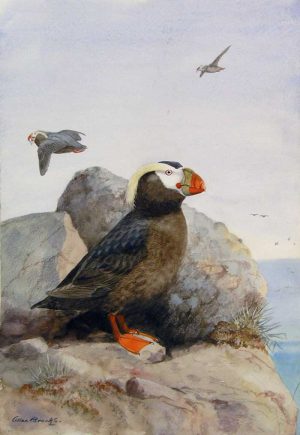
The Cannings’ description of B.C.’s natural history is technically unimpeachable. However, as pointed out above, occasionally a delicate tension surfaces between the technical objectivity of the presentation and the authors’ concerns with the actual state of the environment. Nowhere is this more clear than in the chapter on grasslands. The most endangered ecosystem in B.C., this is also where the authors grew up. Here the authors provide a refreshingly candid assessment:
People have not been kind to grass in this country. Growing up in the grasslands of the Okanagan, we have watched as knapweed and Cheatgrass have invaded the overgrazed steppe, watched as dirt bikes have scarred the grasslands delicate skin, watched as ploughs and harrows cut huge swaths through the native soil and replaced bunchgrass with Crested Wheatgrass in their wake, watched as grasslands became alfalfa fields, vineyards, golf courses, houses, roads, gravel pits and landfills (p. 283).
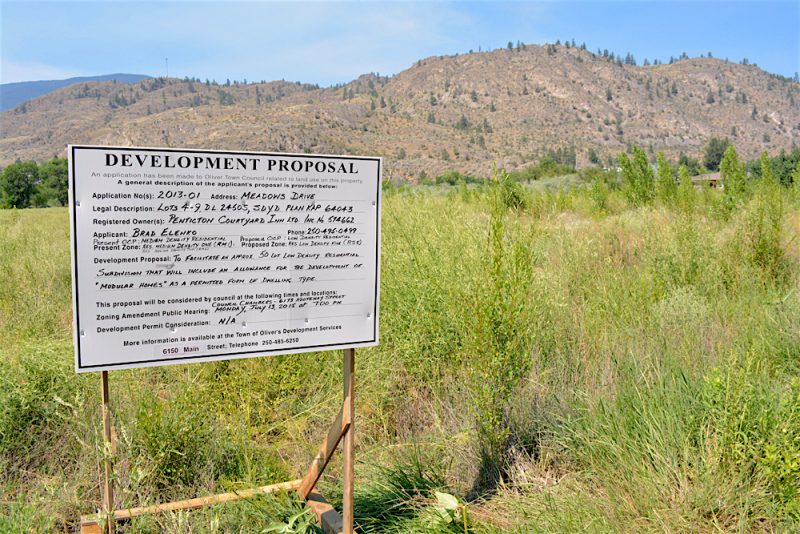
This paragraph may be the most honest witness statement in this book about the actual state of the environment in B.C. I would submit that while the interior grasslands are undoubtedly one of the most impacted ecosystems, because they are a most visible space of development and recreation, this assessment also applies to most other systems in this province.
For example, the grasslands of Vancouver Island’s Garry oak ecosystems, the grasslands of lowland meadows and sedges of alpine meadows that are home to Vancouver Island’s marmot, and even the coastal scree systems of pikas, are equally endangered.[4]
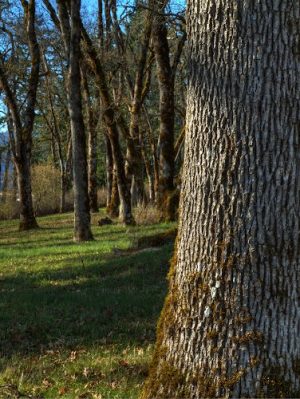
And when we move to our freshwater and marine systems, the actual state of affairs becomes clear in the recent assessment of the B.C.’s wild salmon policy. Although every government has paid lip service to it since its inception in 2005, the policy itself has not been implemented or enforced, with the result that actual wild salmon numbers have plummeted by fifty per cent over the past ten years.
Similarly, as the World Wildlife Fund’s recent review of over 900 Canadian wildlife species confirmed, half of our wildlife species are in serious decline. It is not just the Interior grasslands that have become “alfalfa fields, vineyards, golf courses, housing developments, and theme parks.”
Systematic ignorant destruction is symptomatic of most B.C. ecosystems. As the late renowned UBC fish biologist, Dr. Tom Northcote, often pointed out from his long experience, “action plans are a symptom of future inaction.”
As Cannings and Cannings note, recovery efforts of Burrowing owls, badgers, curlews, white-tailed Jackrabbits, Sage Grouse, and Sharp-tailed Grouse in the grasslands have been at best pyrrhic efforts. That is a pervasive reality that extends far beyond our grasslands.
Efforts at Garry Oak ecosystem preservation and recovery; at Vancouver Island marmot recovery; at protecting in-shore killer whale populations, and at mountain caribou recovery – all are all stymied by cumulative impacts of industry and development, driven by wanton ignorance of natural history.
Science-based recovery efforts such as the Saanich by-laws aimed to save Garry Oak ecosystems are discarded in favour of golf and country club and chamber of commerce values. The priorities are economic. Natural history plays second fiddle. Whatever is distinctive about a region is also useful for developers’ advertising.
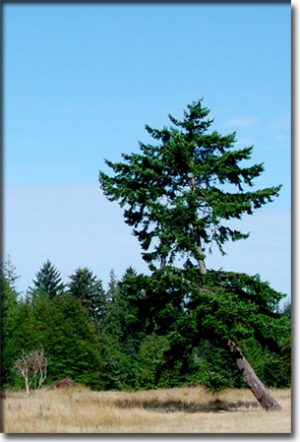
Virtually the entire coastline of eastern Vancouver Island has been hardened. Entire endangered sand dune ecosystems, such as the sand dunes at Lazo (the Comox Sandhills), have been overdeveloped and turned into gentrified sea walls owing to the inaction of politicians ignorant of their distinctive local natural history.
Wilderness is a vanishing consumer value across the globe. This province is no exception. If the natural state of critical habitat in B.C. were not in an actual state of crisis, the generally re-assuring optimism of British Columbia: A Natural History would be less unsettling to this reader.
The false sense of security lent by this beautiful book reminds me of criticisms of David Attenborough’s nature series Planet Earth II. One critic argues that such nature programs ignore the damage that humans are doing:
The producers continue to go to the rapidly shrinking parks and reserves to make their films – creating a beautiful, beguiling, fantasy world, a utopia where … the natural world exists as if man had never been. No hint of the continuing disaster is allowed to shatter the illusion.[5]

Some things that we collectively avoid are increasingly urgent to address. The actual state of our home place is the greatest indication of the general ignorance and disregard for our natural history. We ignore it at our peril and allow vandals to trash every corner of our home.
The effective purpose in the re-writing and expansion of this book comes out clearly in the final chapter, no longer entitled “Epilogue” but, ominously, “The Future.” This chapter is the real nub of the third edition. It is a fairly direct, though in my view too restrained, way of reckoning with B.C.’s environmental deterioration and the inescapable reality that our natural spaces now face. It identifies the basic problems that over-development, excessive logging, the introduction of invasive species, and climate change will pose for future generations.
It is refreshing to see that the section on invasives deals not only with exotic plants, such as Scotch broom or Himalayan blackberries, but also with native invasives, for example the introduction of raccoons to Haida Gwai’s ecosystems and their unique endemics.
The Cannings provide an honest discussion of the irreversible impacts of climate change. While the details may be uncertain, it is clear that we are now entering novel environmental conditions that will challenge the survival of many species and their ecosystems. British Columbians take their “super-natural” endowment for granted. As the Cannings note, “Even if we act decisively and quickly, those changes will persist for centuries to come” (p. 346).
British Columbia: A Natural History reveals the rate at which environmental destruction is taking place, the impacts it is having around us, the great gaps in our knowledge of invertebrate and fungal species that are being lost before they are even identified, and our urgent need to change our social contract with “all our relations.”

As in the two previous editions, the authors close with calls to volunteerism and to protect our ecosystems through stewardship. They invite more British Columbians to become naturalists and join the education effort and citizen science programmes. In many ways they follow in the footsteps of Ian McTaggart Cowan and Bert Brink in the founding of the Federation of B.C. Naturalists in 1963.[6] To this day, volunteerism remains the only avenue for real change. Governments have failed. Social change is not vicarious; it requires personal engagement.
The environmental state in which our province currently finds itself is a product of basic illiteracy in natural history. One telling statistic may help the reader understand the true value of this book. After some 55 years, the Federation of B.C. Naturalists numbers 6,500 members out of a provincial population of some 4,606,000. That suggests that about 0.1 per cent of the population is engaged in volunteer work dedicated to the conservation of our home place. Moreover, volunteer organizations are actively sustained by the work of a handful of dedicated individuals.
I grudgingly disagree with the authors on one further point. In their acknowledgements they note that “the naturalist tradition in British Columbia is mainly an oral one.” But we have also produced an extensive and largely overlooked literary tradition in natural history. It is also a cultural narrative, both western and Indigenous, of which British Columbians are heirs.
From the first naturalist art and writing of Alan Brooks, Mack Laing, and Roderick Haig-Brown, to those of Ian McTaggart Cowan, David Suzuki, Fenwick Lansdowne, Robert Bateman, Chris Pielou, and Wade Davis, British Columbians draw from a hundred years of environmental culture that is an essential part of their heritage and their cultural DNA.

If British Columbians are ever to re-connect with their home place they must be able to recover and recognize their own cultural and literary roots. Our understanding of B.C.’s natural history is the fruit of the work of its early environmentalists and popular naturalists. Recognition of that tradition is sadly absent from this narrative.
Despite this oversight, British Columbians owe a terrific debt of gratitude to Richard and Sydney Cannings for providing a readily accessible means to overcome an educational gap and a guide to face an increasingly grim future.
*

A graduate of the universities of St. Andrews, UBC, and Saskatchewan, Dr. Loys Maingon first taught environmental studies in 1986. An avid naturalist and a professional biologist, he is past president of the Comox Valley Naturalists and current webinarhost for the Canadian Society of Environmental Biologists. From his home on the Tsolum River near Merville, he owns and operates an endangered plant nursery and oversees a number of regional conservation programmes. Since 1999, he has run Aardscan Biological and Environmental Limited, an environmental impact consulting firm. Arrested at Clayoquot Sound in 1991, Loys remains a strong advocate of social, economic, and environmental change. He contributed a chapter to Clayoquot & Dissent (Ronsdale: 1994).
*

The Ormsby Review. More Readers. More Reviews. More Often.
Reviews Editor: Richard Mackie
Reviews Publisher: Alan Twigg — BC BookWorld / ABCBookWorld / BCBookLook / BC BookAwards / The Literary Map of B.C. / The Ormsby Review
The Ormsby Review is a new journal for serious coverage of B.C. literature and other arts. It is hosted by Simon Fraser University. The Advisory Board consists of Jean Barman, Robin Fisher, Cole Harris, Wade Davis, Hugh Johnston, Patricia Roy, David Stouck, and Graeme Wynn.
“Only connect.” – E.M. Forster
[1] Stan Rowe, Home Place: Essays on Ecology (Edmonton: NeWest Publishers, 1990).
[2] See Roger Highfield, “Is that a bee, a bird or Pikachu?” The Telegraph, 29 March 2002: http://www.telegraph.co.uk/news/uknews/1389192/Is-that-a-bee-a-bird-or-Pikachu.html
[3] Briony Penn, “BC’s New Curriculum: ‘Big Ideas,’ STEM, and corporate-funded programs at the ready,” Watershed Sentinel (September 15, 2017), https://watershedsentinel.ca/articles/bcs-new-curriculum/
[4] On November 6, 2017, Saanich Council rescinded B.C.’s most progressive legislation protecting Garry oak ecosystems. Many Saanich and Victoria-area developers and residents find those iconic and indigenous Garry oaks “inconvenient.” See: https://www.saanichnews.com/news/saanich-council-confirms-end-of-edpa/
[5] Martin Hughes-Games quoted in “Planet Earth II ‘a disaster for world’s wildlife’ says rival nature producer,” The Guardian, January 1 2017. https://www.theguardian.com/tv-and-radio/2017/jan/01/planet-earth-ii-david-attenborough-martin-hughes-games-bbc-springwatch
[6] See Briony Penn, The Real Thing: The Natural History of Ian McTaggart Cowan (Victoria: Rocky Mountain Books, 2015).
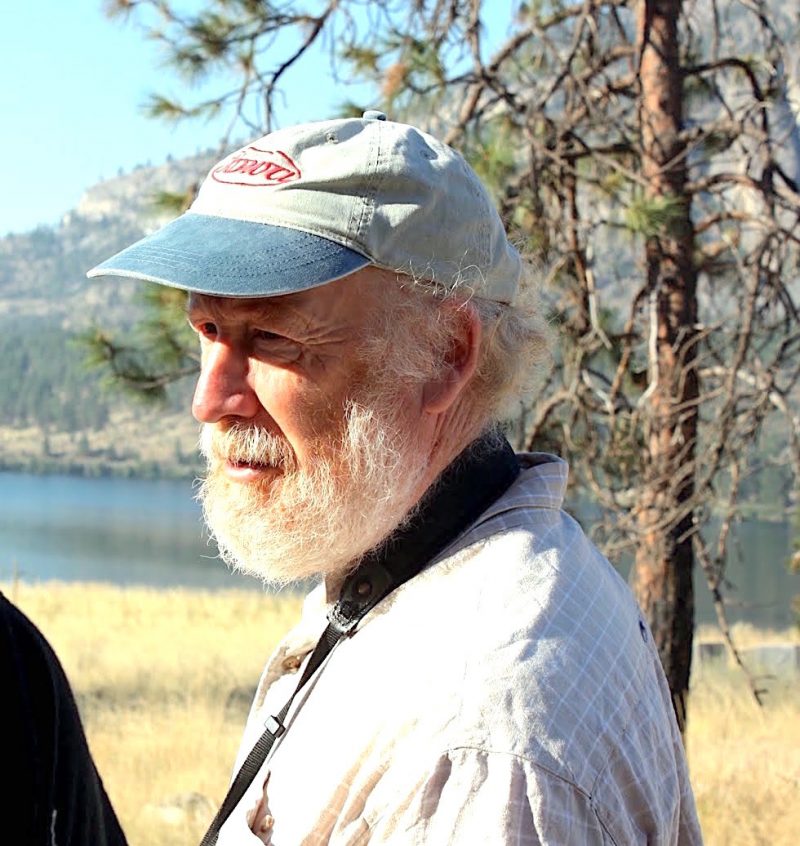

Comments are closed.